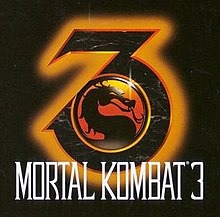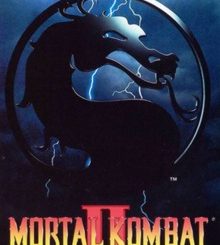
Mortal Kombat 4: Mortal Kombat 4 on PS1 brought the series into 3D, but with mixed results. While it introduced weapons and new characters, the clunky transition to 3D and dated graphics didn't quite capture the 2D predecessors' magic. Fatalities remained brutal, but the overall experience felt like a step back. – superuser
Mortal Kombat 4, developed and published by Midway, is a pivotal entry in the iconic fighting game franchise. Released for the PlayStation 1 (PS1) in 1998, MK4 marked the series’ transition from 2D sprites to 3D polygon graphics. This Mortal Kombat 4 PS1 review explores the game’s innovations, shortcomings, and legacy.
3D Transition: A New Dimension of Kombat
Mortal Kombat 4‘s most significant change was its move to 3D graphics. While other fighting games had already made this leap, MK4 brought its signature style of violence and gore into the third dimension.
This transition introduced new gameplay mechanics, including:
- Character movement in a 3D plane, allowing for side-stepping.
- The introduction of weapons that characters could pick up and use.
- Modified combo system.
- The inclusion of a “Maximum Damage” cap to prevent excessively long combos.
However, the 3D transition was met with mixed reception. While it added a new dimension to the gameplay, some critics and fans felt that it sacrificed some of the fluidity and visual style of the previous 2D entries.
Story and Characters: The Wrath of Shinnok
Mortal Kombat 4‘s story revolves around Shinnok, the fallen Elder God, who seeks to conquer Earthrealm. The game features a mix of returning characters like Liu Kang, Raiden, and Sub-Zero, along with new additions such as Quan Chi, Shinnok himself, and the four-armed Goro’s successor, Shokan warrior named Jarek..
The game attempts to provide more detailed character backstories and motivations, contributing to the overall Mortal Kombat lore.
Gameplay: Fatalities and Beyond
Mortal Kombat 4 retains the series’ trademark violence with its brutal fatalities. However, fatalities were not the only finishing moves. The game also introduced:
- Weapon Fatalities: Fatalities performed with the weapons characters could pick up.
- Stage Fatalities: Fatalities that used the environment to eliminate opponents.
The core fighting mechanics, while evolved into 3D, still emphasized fast-paced action and special moves. However, some players found the 3D movement to be clunky compared to the 2D games.
PS1 Port: A Mixed Bag
The PlayStation 1 port of Mortal Kombat 4 faced limitations due to the console’s hardware. The graphics were noticeably downgraded compared to the arcade version, with lower resolution textures and simpler character models.
Despite these limitations, the PS1 version still offered the core gameplay experience, including the story mode, arcade mode, and multiplayer. However, the loading times were significant, and the overall performance could be choppy at times.
Legacy: A Turning Point
Mortal Kombat 4 represents a turning point for the Mortal Kombat series. It marked the transition to 3D, a move that would define the franchise’s direction for years to come. While it was a controversial entry at the time, it remains an important part of Mortal Kombat history.
Is Mortal Kombat 4 on PS1 Worth Playing Today?
Mortal Kombat 4 on the PS1 is primarily of historical interest today. While it may not hold up as well as some of the later entries in the series, it offers a glimpse into the evolution of Mortal Kombat and the challenges of transitioning a 2D fighting game into 3D. For fans of the series or retro gaming enthusiasts, it can be worth revisiting.
Game Information
- Title: Mortal Kombat 4
- Platform: PlayStation 1 (PS1)
- Genre: Fighting Game
- Developer: Midway
- Publisher: Midway
- Release Year: 1998



